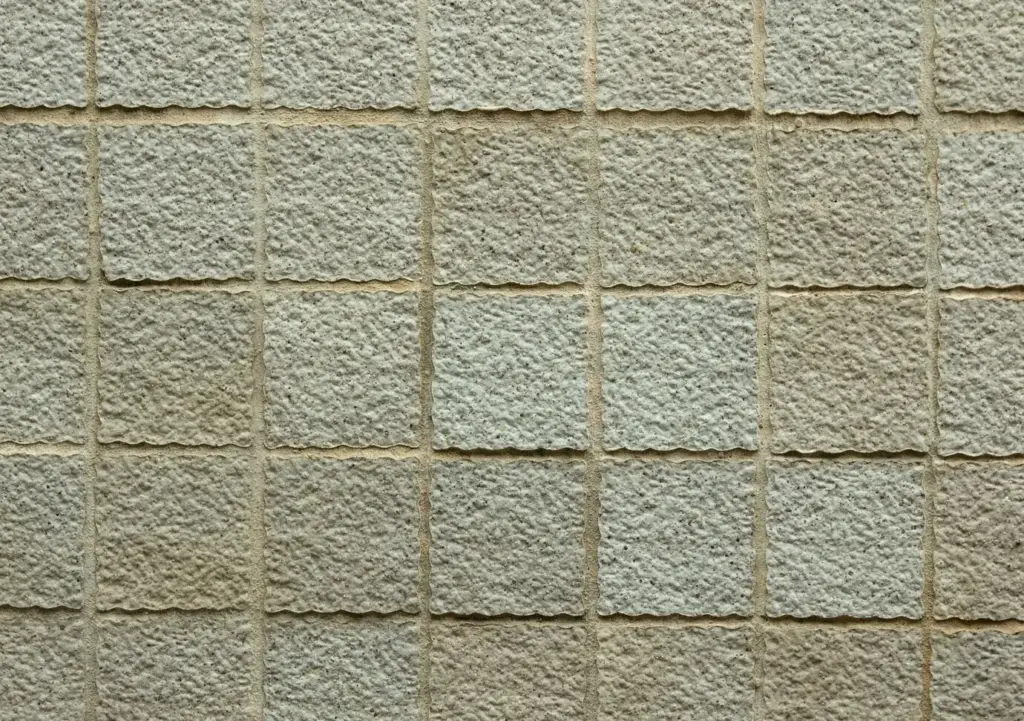Safer, Quieter, and Fully Compliant CLT Homes

Charring, Structural Reserve, and Time-to-Failure
Designing with charring in mind means accounting for sacrificial thickness, residual section, and realistic fire exposure. By pairing calculated char rates with conservative safety factors, CLT floors and walls can retain strength long enough for suppression and safe egress, turning predictable burn-back into a powerful, verified protective mechanism when minutes matter most.
Adhesives, Delamination Risks, and Modern Standards
Early concerns about delamination under heat led to strengthened product standards and adhesive criteria that resist glue-line failure. Modern PRG-320 compliant panels and third-party certifications reduce the likelihood of lamella fall-off, maintaining the integrity of the char layer. Always verify supplier documentation, batch quality, and testing lineage to confidently safeguard assemblies during high-heat events.
Connections, Cavities, and Hidden Fire Pathways
Metal connectors, service cavities, and concealed spaces can unintentionally promote fire spread if unsealed. Use tested firestops, mineral wool packing, and intumescent coatings around critical joints. Continuously align fire-resistance detailing from drawings to installation inspections, ensuring real fastening patterns, screws, and plates match approved assemblies rather than on-site shortcuts or substitutions.
Encapsulation and Passive Protection That Works

Layering Strategies with Type X and Type C Gypsum
Encapsulation often hinges on the right combination of board layers, joint treatment, and fastening schedules proven by ASTM E119 or EN 1365 tests. Doubling up boards at vulnerable apartments, corridors, and shafts meaningfully increases fire separation time. Keep fastener patterns faithful to submittals, and document substitutions with equivalent tested data before approving changes.
Penetrations, Backboxes, and Airtight Firestop Details
Encapsulation often hinges on the right combination of board layers, joint treatment, and fastening schedules proven by ASTM E119 or EN 1365 tests. Doubling up boards at vulnerable apartments, corridors, and shafts meaningfully increases fire separation time. Keep fastener patterns faithful to submittals, and document substitutions with equivalent tested data before approving changes.
Exterior Walls, Eaves, and Wildfire-Exposed Edges
Encapsulation often hinges on the right combination of board layers, joint treatment, and fastening schedules proven by ASTM E119 or EN 1365 tests. Doubling up boards at vulnerable apartments, corridors, and shafts meaningfully increases fire separation time. Keep fastener patterns faithful to submittals, and document substitutions with equivalent tested data before approving changes.
NFPA 13 Sprinkler Design Tailored to Mass Timber
Detection, Alarms, and Smoke Control That Communicate
Egress Strategy, Compartmentation, and Wayfinding
Active Systems and Clear Egress for Peace of Mind
Acoustic Calm: Walls, Floors, and Flanking Control
Testing, Ratings, and Evidence That Satisfy Officials

Fire Resistance: Full-Scale Assemblies and Calculations

Laboratory Versus Field Acoustics and Expectation Setting
Navigating Codes and Approvals with Confidence
All Rights Reserved.